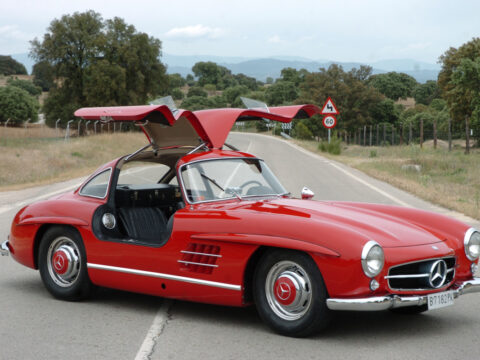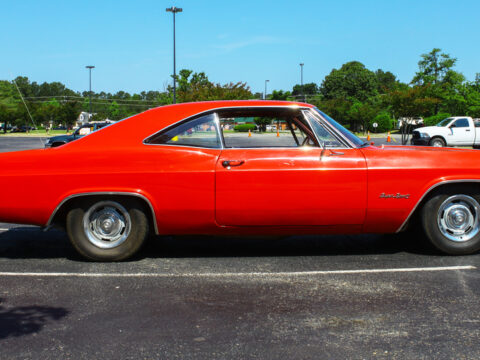Trains have long captured our imaginations with their journeys across picturesque landscapes and bustling cities. But beyond their familiar routes and iconic names, some trains carry fascinating, hidden stories. From espionage missions to secret royal travels, these lesser-known tales add a layer of intrigue to the world’s most famous trains. Here are 15 secret histories revealing these legendary railways’ captivating mysteries.
Contents
The Orient Express
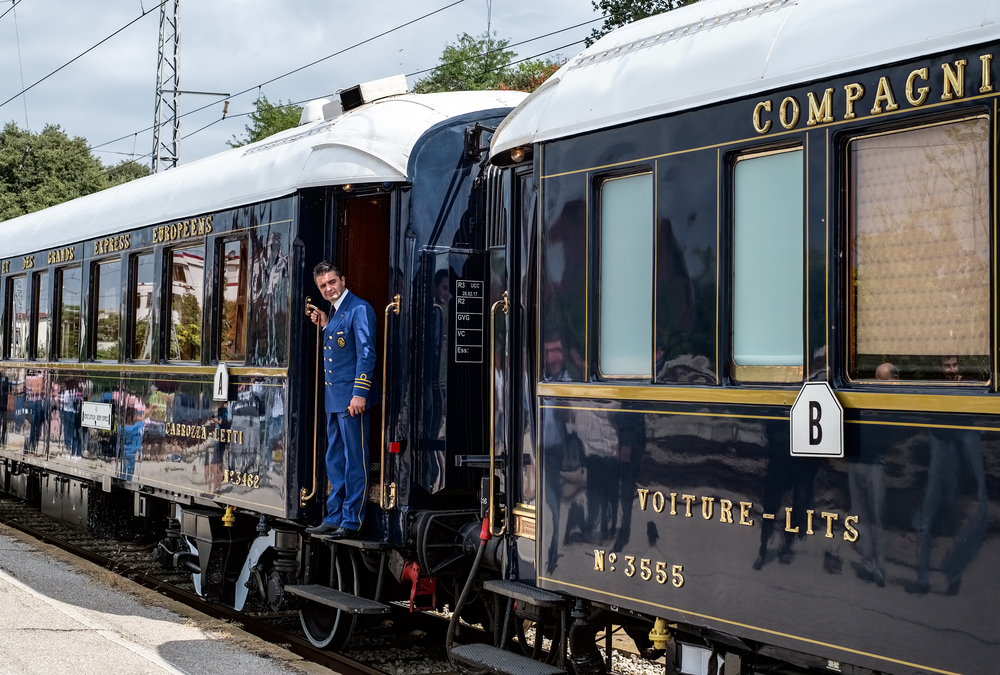
Known for its luxurious service and glamorous passengers, the Orient Express has a secret history tied to espionage. During both World Wars, the train was used by spies and diplomats for clandestine operations. Its routes connecting Istanbul to Western Europe provided a crucial corridor for intelligence and diplomacy.
The Trans-Siberian Railway
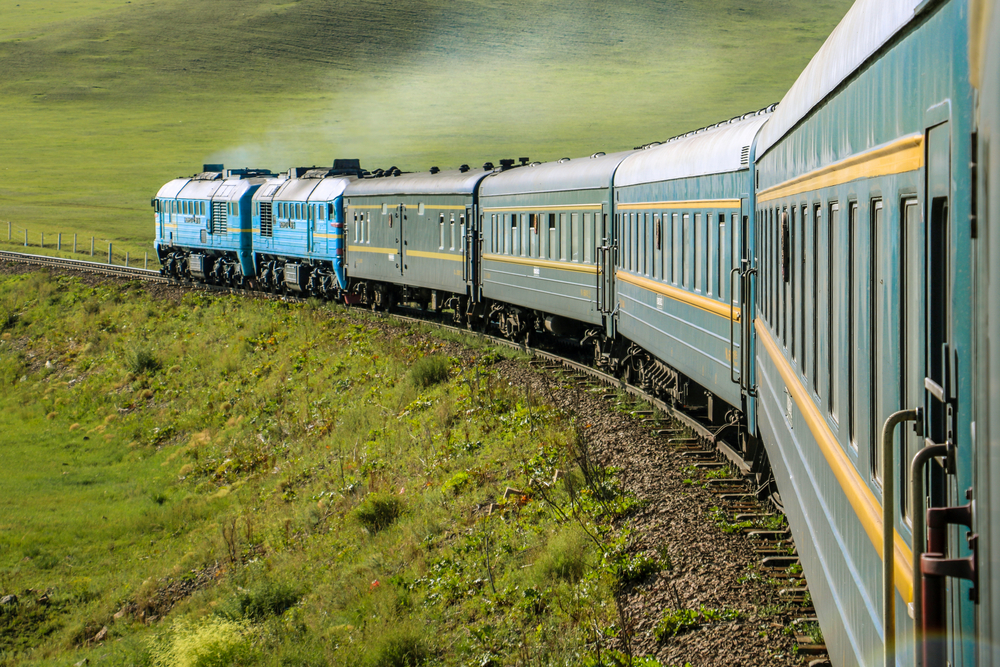
The Trans-Siberian Railway, stretching over 9,000 kilometers, has a secret history involving political exiles. Under Tsarist Russia, it was used to transport prisoners to Siberian labor camps. This vast and remote railway line became a symbol of oppression for many, yet it also played a critical role in connecting the vast Russian Empire and fostering economic development.
The Blue Train
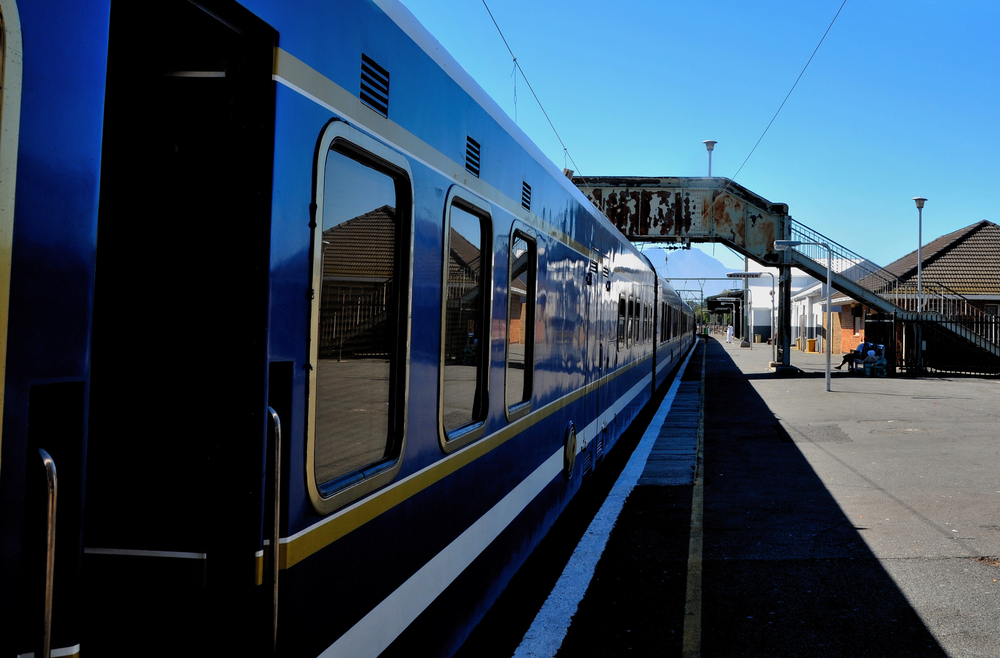
South Africa’s Blue Train is synonymous with luxury, but during World War II, it served a more covert purpose. The train was used to transport gold bullion to secret locations to prevent it from falling into enemy hands. This hidden use underscores the strategic importance of rail transport during times of conflict.
The Flying Scotsman

Famous for its speed and service, the Flying Scotsman holds a lesser-known secret of being the first train to reach 100 mph officially. However, its fame also includes being a target for sabotage during labor strikes in the 1920s and 1930s. These incidents highlighted the train’s symbolic importance and the tensions within British society at the time.
The Glacier Express
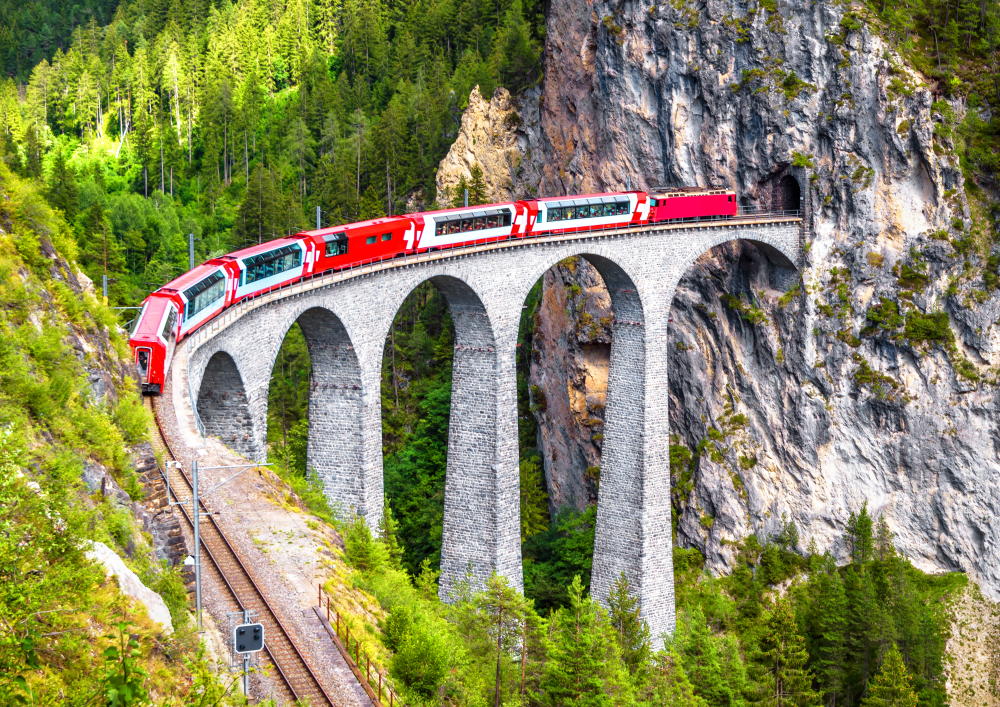
Known as the slowest express train in the world, the Glacier Express in Switzerland has a hidden history related to wartime smuggling. During World War II, it was used to transport refugees and contraband across the Swiss Alps secretly. Its seemingly serene and scenic route belies the perilous journeys taken by those seeking refuge from the horrors of war.
The Shinkansen
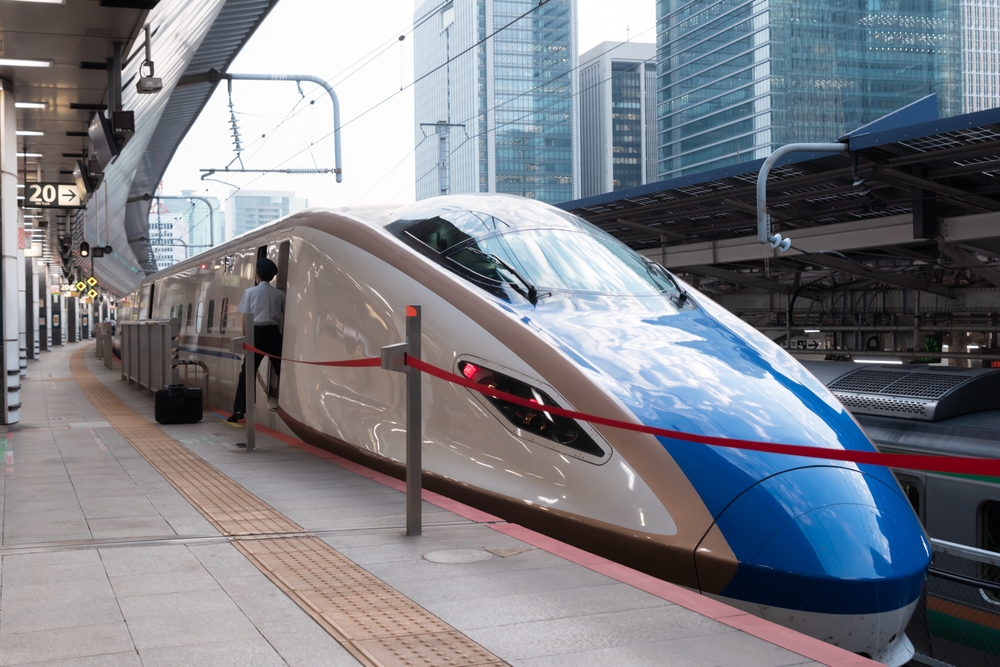
Japan’s Shinkansen revolutionized rail travel with its speed and efficiency, but its development has a secretive military aspect. Initially conceived during World War II, the technology was intended for military transport. Post-war, it transformed into a symbol of Japan’s recovery and technological prowess, masking its origins in wartime strategy.
The Royal Scotsman
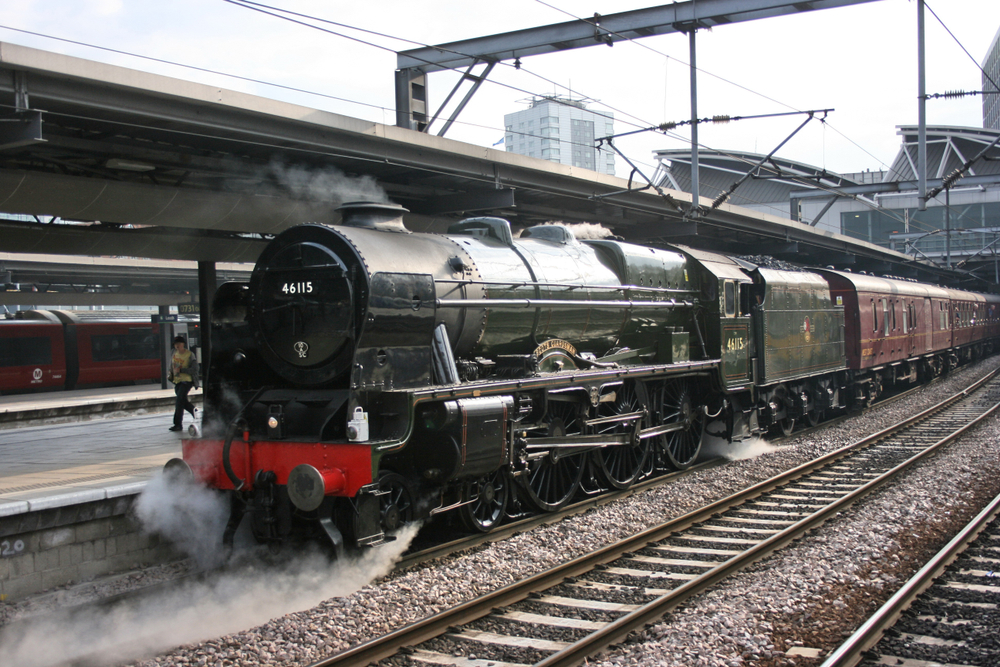
This luxurious train, traveling through the Scottish Highlands, has a secret past tied to royalty and espionage. It was once used by British royals and government officials for discreet meetings during World War II. The train’s opulent carriages served as a moving venue for high-level discussions and decisions.
The Indian Pacific
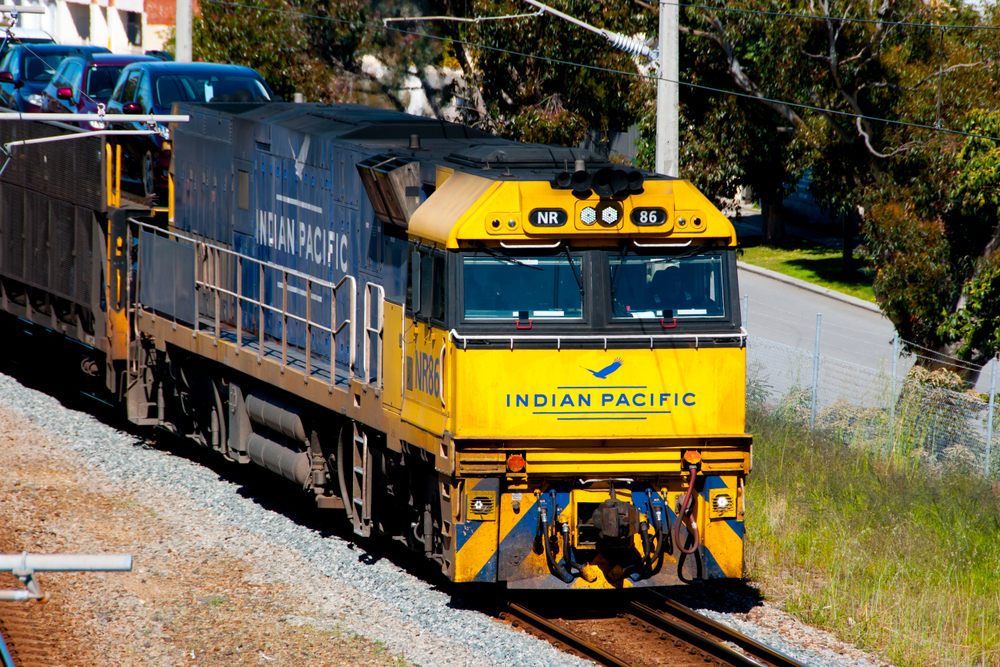
Stretching across Australia, the Indian Pacific train has a lesser-known role in gold rush history. It facilitated the transport of miners and their wealth during Australia’s gold rush era, often under the cover of night to avoid bandits. This crucial role in the economic boom of the time remains a hidden chapter of its storied past.
The Canadian
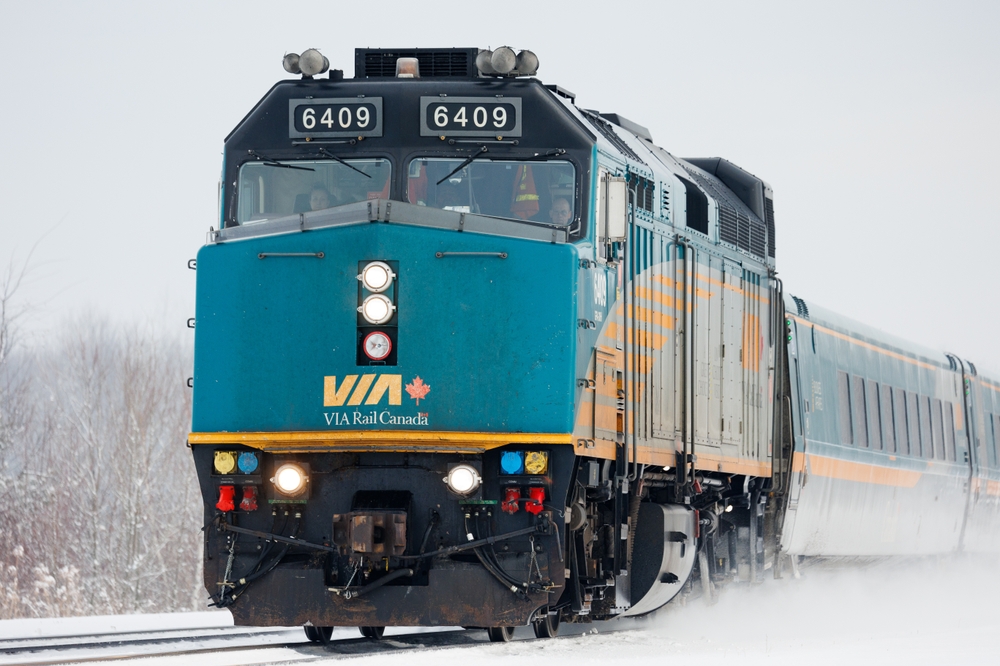
The Canadian (VIA Rail), known for its transcontinental journey across Canada, played a covert role during the Cold War. The train was part of a network used to monitor and transport military personnel and equipment discreetly. Its picturesque routes masked the serious and secretive operations conducted on board.
The Rovos Rail
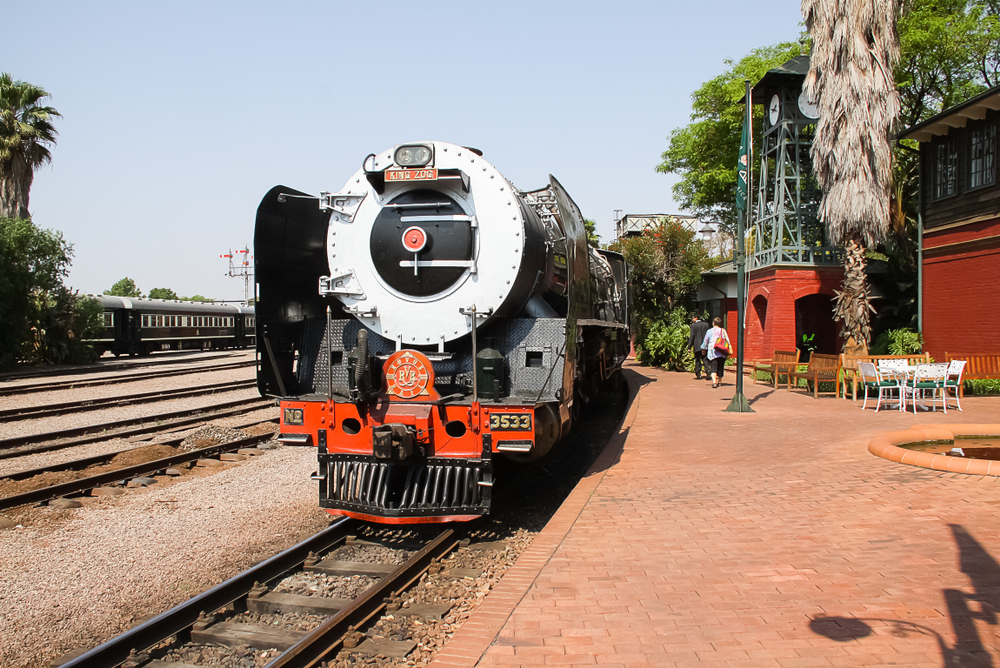
South Africa’s Rovos Rail is renowned for its luxury, but its history includes covert political uses. During apartheid, it was used to transport political prisoners and government officials under the radar. This hidden history adds a layer of complexity to its otherwise glamorous reputation.
The Maharajas’ Express
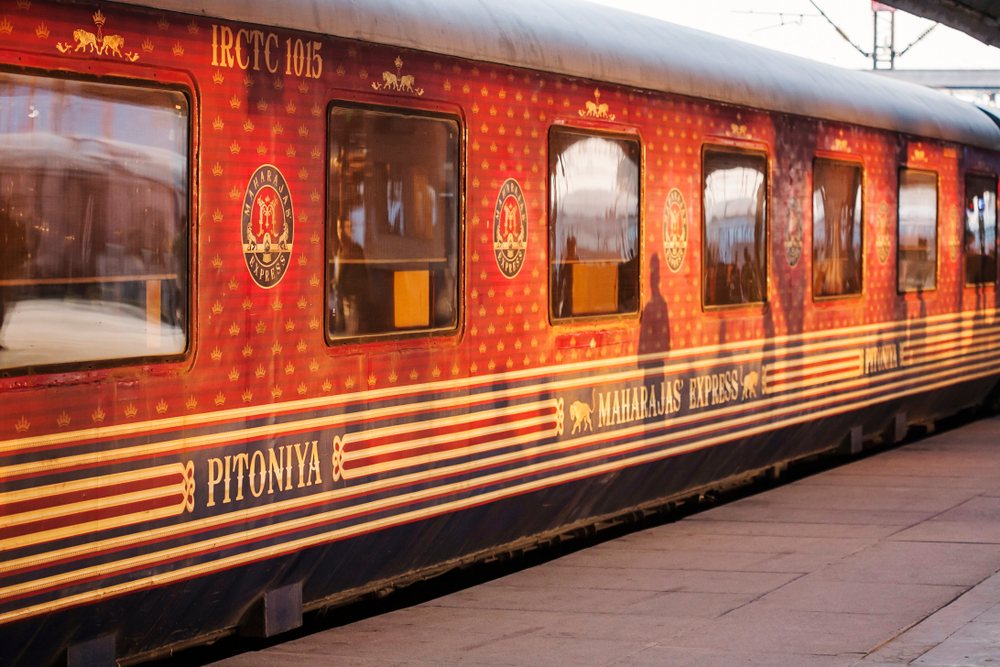
Known for its opulence, the Maharajas’ Express in India has a hidden history tied to royal secrets and treasures. During times of political upheaval, it was used to transport royal treasures and important documents discreetly. This luxurious train thus became a mobile fortress for safeguarding the legacies of India’s erstwhile royalty.
The Rocky Mountaineer
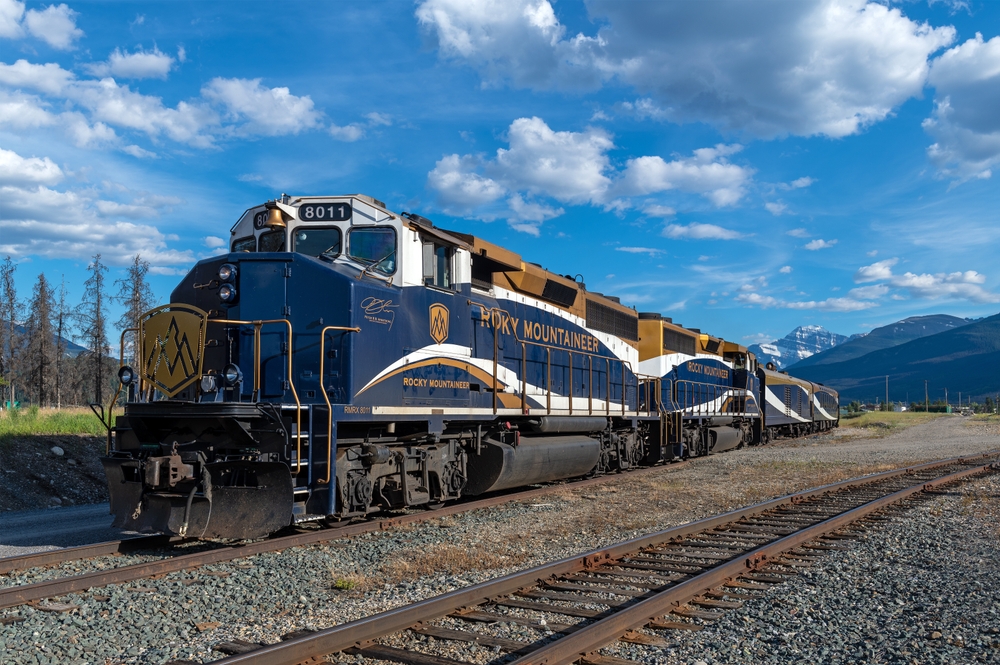
Canada’s Rocky Mountaineer, famed for its scenic journeys, has a history connected to gold rushes and secret trails. During the Klondike Gold Rush, parts of its route were used to transport fortune seekers and their gold covertly. This hidden past underscores the train’s role in one of North America’s most frenzied periods of exploration and wealth.
The Belmond British Pullman
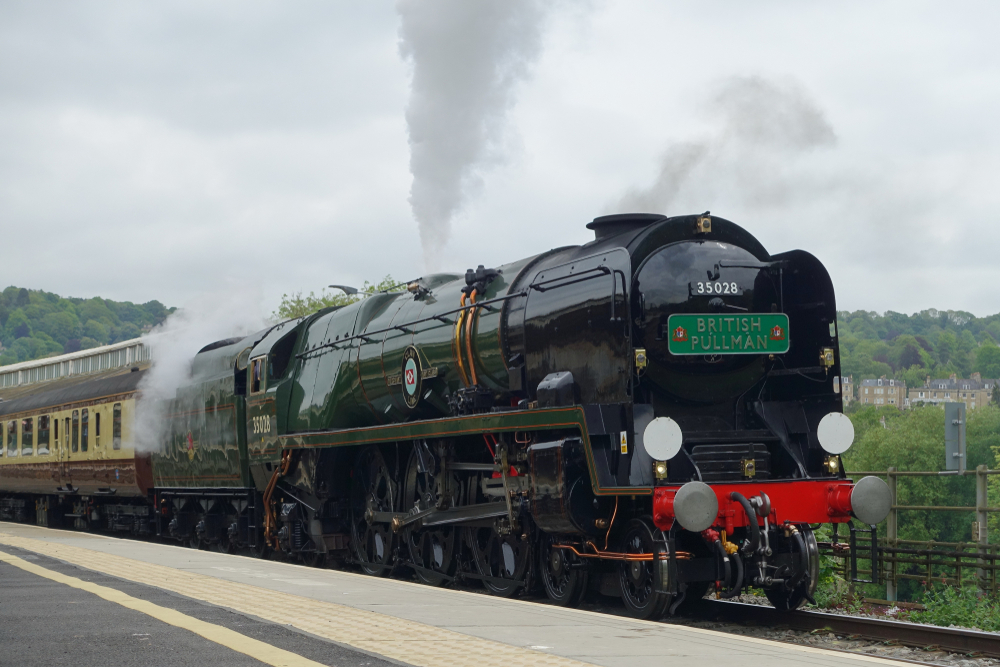
The Belmond British Pullman, part of the Venice Simplon-Orient-Express, has a secretive past involving British royalty. During World War II, it was used for discreet transportation of the royal family and high-ranking officials. This luxurious train, known for its elegance, also played a crucial role in maintaining the secrecy and safety of Britain’s elite during turbulent times.
The Ghan
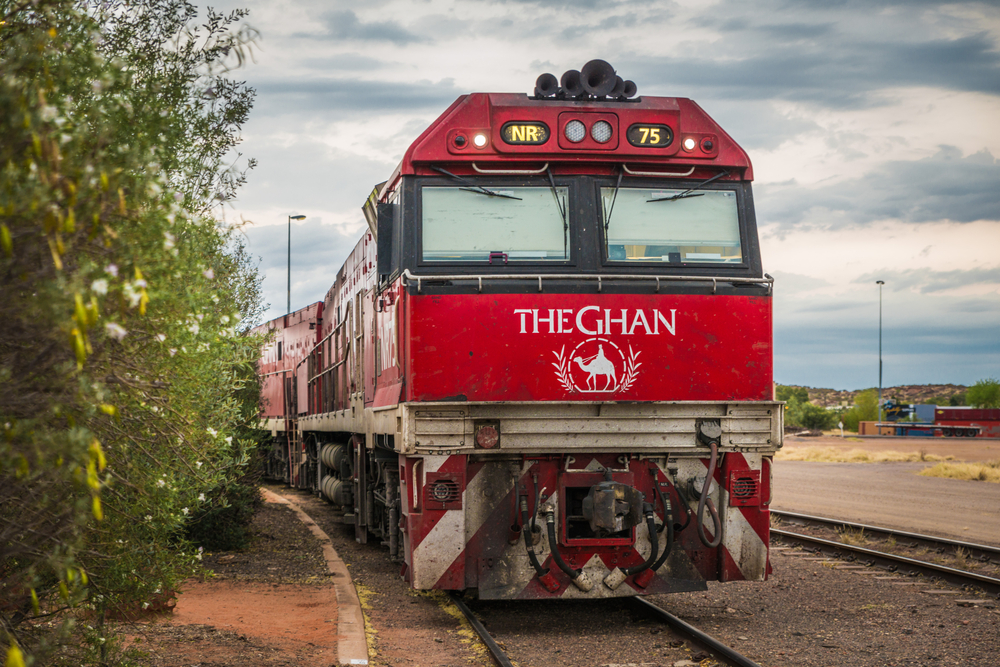
Traversing the heart of Australia, The Ghan has a history intertwined with exploration and indigenous cultures. Originally named The Afghan Express after the Afghan camel drivers who helped explore Australia’s interior, the train was instrumental in opening up the remote Outback to settlement and development. Its journeys reflect a history of cultural exchange and discovery.
The Palace on Wheels
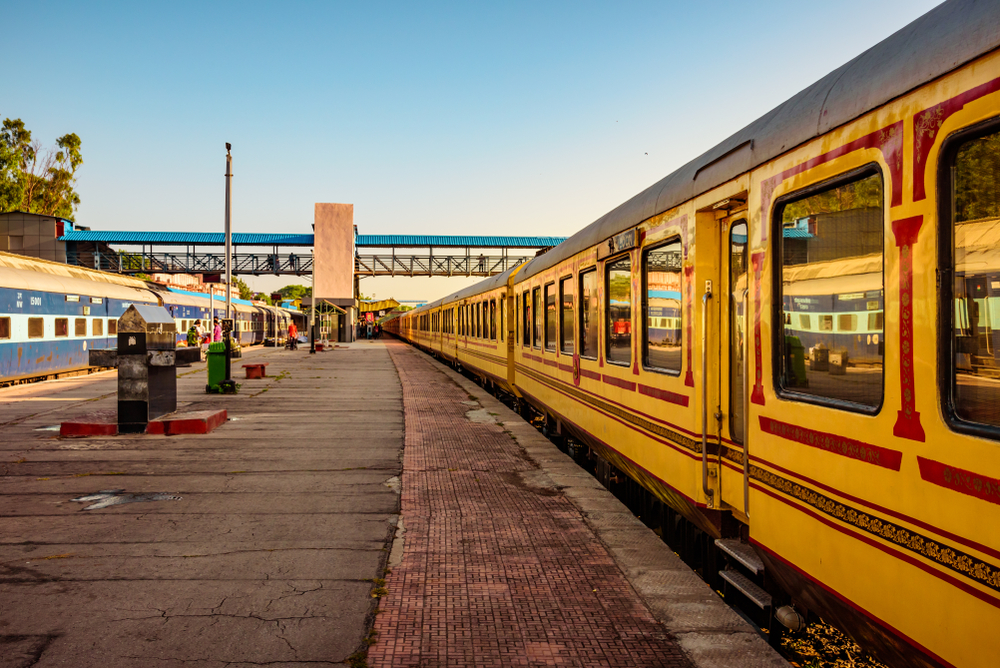
India’s Palace on Wheels, famed for its royal carriages, has a secret past tied to colonial rule. Originally, the carriages were used by Indian princely states and British officials for luxury travel. Post-independence, the train was repurposed to showcase India’s royal heritage, blending colonial history with modern tourism.
This article originally appeared on MyCarMakesNoise.
More from MyCarMakesNoise
13 Classic Chevrolet Cars That Failed to Impress

When it comes to classic cars, not every model becomes a beloved icon. Chevrolet, a powerhouse in the automotive industry, has had its fair share of hits and misses over the decades. While many Chevys have won the hearts of car enthusiasts worldwide, some models missed the mark by a wide margin. Read More
20 Ultra-Luxurious Sports Cars for the Ultimate Driving Experience

Ultra-luxurious sports cars offer an unparalleled driving experience, combining top-tier performance with exquisite craftsmanship and cutting-edge technology. These vehicles feature powerful engines, bespoke interiors, and advanced aerodynamics to ensure both speed and comfort. Read More
23 Most Reliable Trucks for Lifelong Performance

Selecting a truck that combines durability with reliability ensures that it can handle both the rigors of daily tasks and the challenges of heavy-duty work. From rugged off-road adventurers to dependable workhorses, certain trucks have established themselves as lasting partners, built to endure through years of service. Read More



